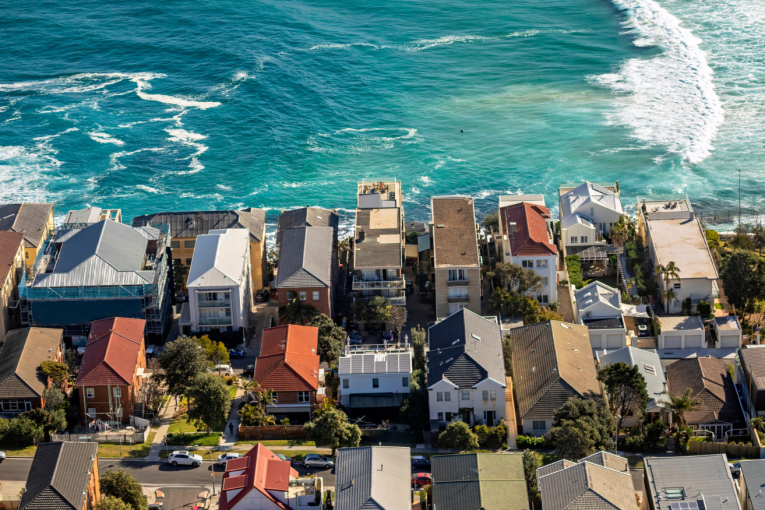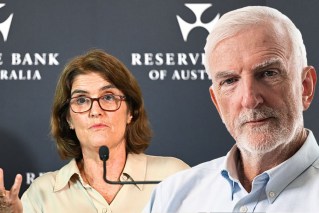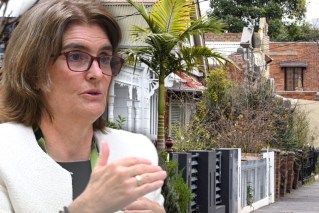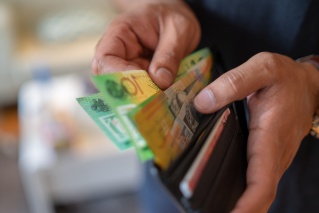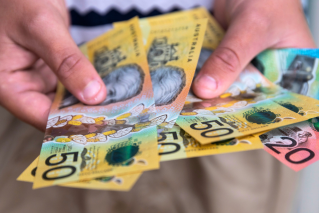Unemployment rate falls to 3.6 per cent

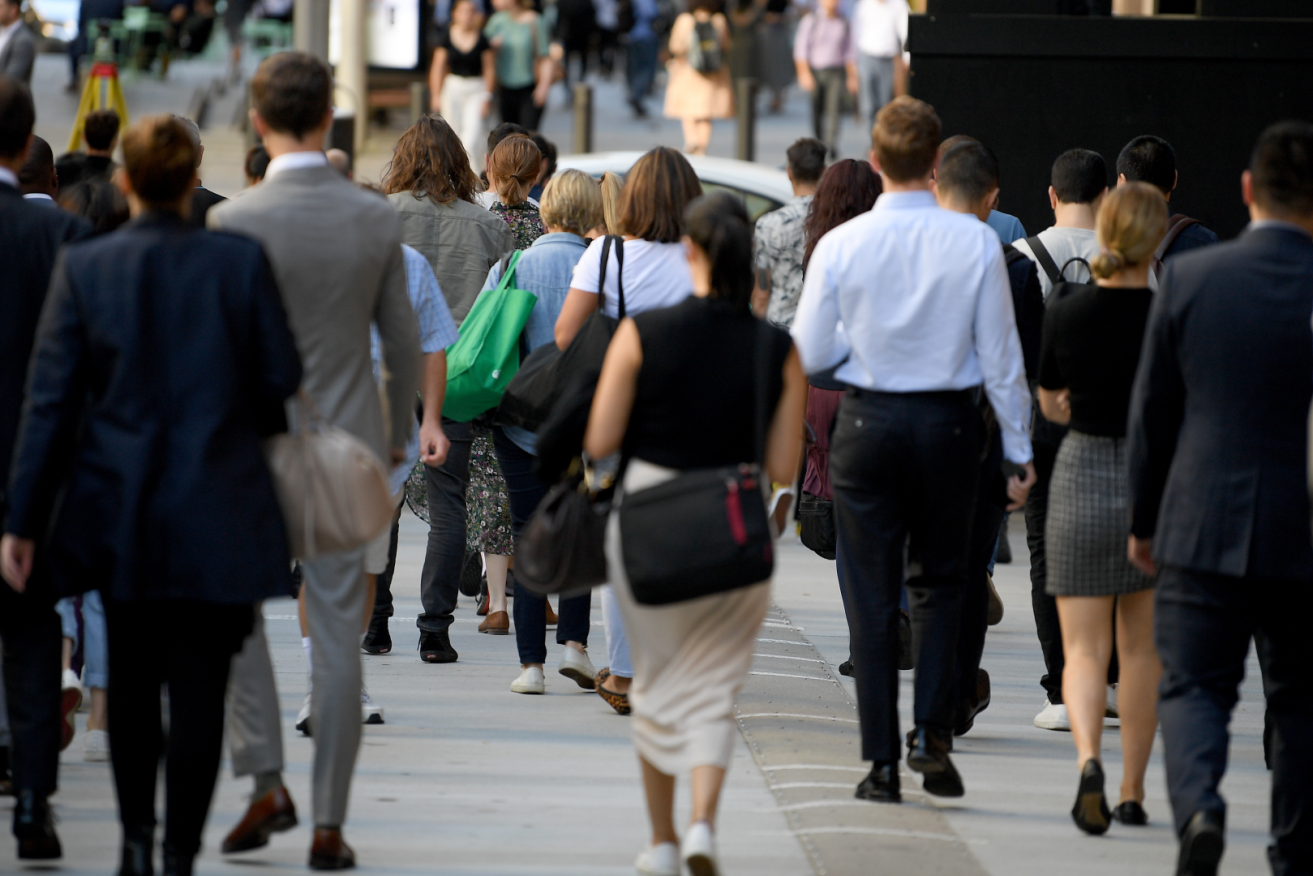
Australian employment decreased by around 7000 people in March, coming in below expectations of a 7200 job boost. Photo: AAP
Economists are tipping further interest rate pain on the way for Australians after an unexpected fall in the jobless rate.
The jobless rate eased back to 3.6 per cent, down from 3.7 per cent in May, marking another month of unemployment at a level that is complicating the Reserve Bank’s task of stamping down inflation
May’s fall defied expectations the rate would hold firm.
The official labour force data also shows about 76,000 jobs were added to the economy in May – well above consensus forecasts of 17,500.
“The strong growth in employment in May followed a small decrease in April, around Easter, when employment fell by more than it usually would over the holiday period,” Australian Bureau of Statistics head of labour statistics Bjorn Jarvis said.
The participation rate increased 0.1 percentage point to 66.9 per cent.
The May result follows 14 months of unemployment rates below 4 per cent characterised by strong demand for workers and an abundance of empty roles.
St George Bank chief economist Besa Deda said the main takeaway from the May report was that the labour market was still “incredibly tight”.
“We do think that the unemployment rate will gradually move higher, but the unemployment rate has, in recent months, continued to surprise,” she told ABC News.
Ms Deda said the unemployment rate had been stuck in a range of between 3.4 per cent and 3.7 per cent since October. That was below the rate consistent with full employment in the economy and would keep pressure bubbling under wages.
Based on falls across forward-looking indicators such as job ads and vacancies, the labour market is expected to loosen.
But Ms Deda said these indicators were still sitting at very high levels, suggesting it will take a while for the unemployment rate to drift up.
“It does keep the pressure on the Reserve Bank to raise rates again, given that the labour market wage pressures do feed into the overall inflation story,” she concluded.
St George economists expect at least one more rate hike in July and haven’t ruled out one more after that.
Oxford Economics Australia head of macroeconomic forecasting Sean Langcake agreed the May jobs report would do little to allay the RBA’s concerns about stubborn inflation.
“The RBA has maintained a hawkish tone following the June rate rise, expressing concerns over the persistence of underlying inflation,” he said.
“The labour market remains very tight, which will contribute to stronger wage growth over 2023 – compounding the upcoming increase award wages.”
“We expect to see two more rate hikes before the RBA takes a protracted pause.”
But the aggressive string of interest rate rises handed out by the central bank so far is expected to take some heat out of the jobs and start softening hiring activity.
The RBA has raised rates every month since May 2022, except for a single pause in April 2023. The repeated raises have added more than $1100 a month to the typical Australian mortgage.
Elsewhere, a rebound in migration has also added to the supply of workers in the economy, which will also take pressure off the labour market.
– with AAP
